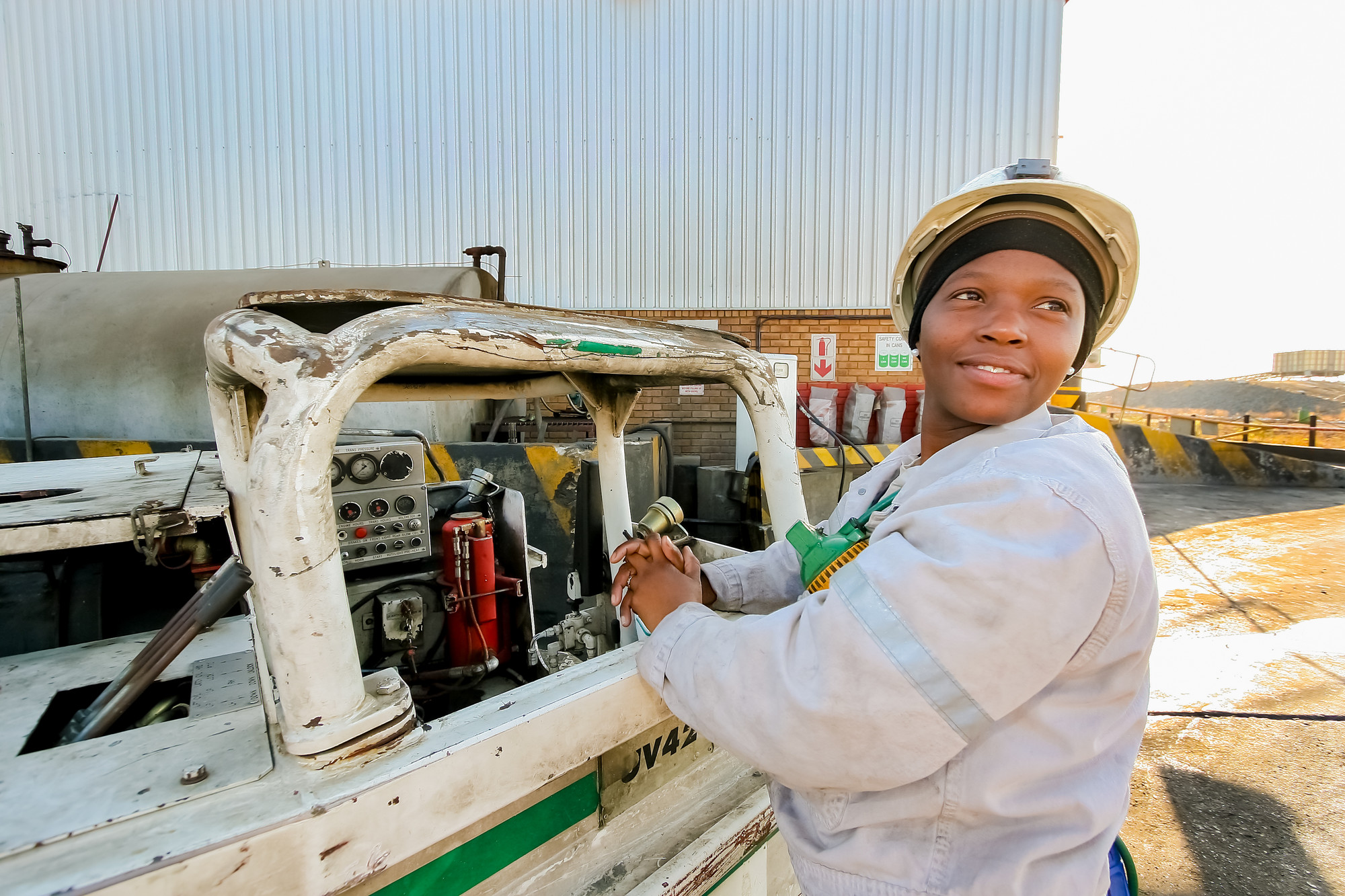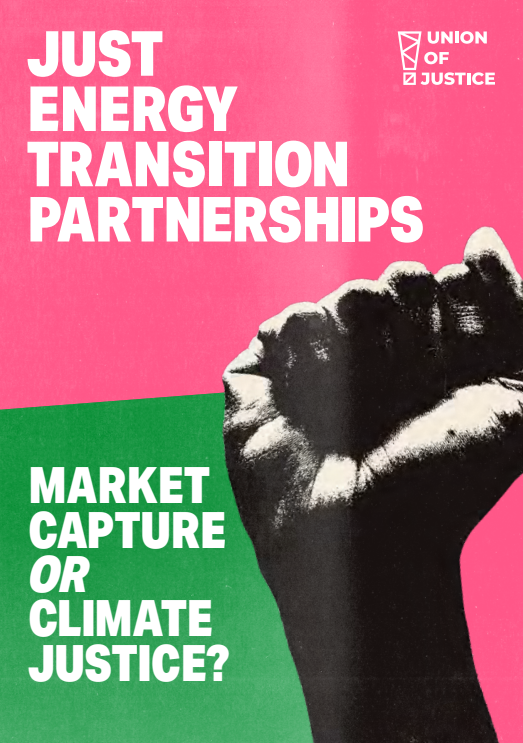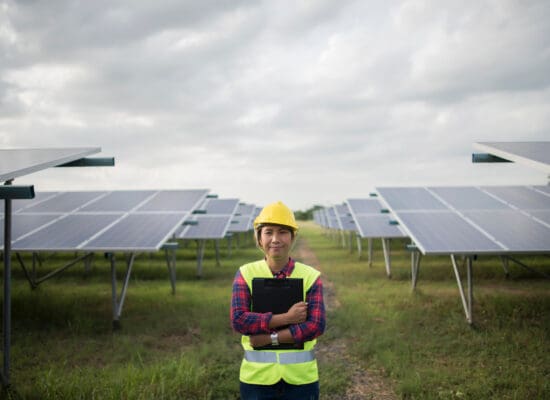
Commentary
Seven Things Indonesia Can Learn From South Africa's Just Energy Transition Process
For Indonesia, there are many lessons to be drawn from South Africa’s experience as the first Just Energy Transition Process (JETP) recipient.
Indonesia and its USD 20 billion JETP agreement are back in the headlines. Outlining which projects are to be funded, the Comprehensive Investment and Policy Plan is key to allowing Indonesia access to grants and loans from the JETP. With the public release of this plan pushed back from mid-August to the end of 2023, there will be more time for inclusive public consultation and to finalize a credible pathway for Indonesia’s energy transition, according to the JETP Secretariat.
This comes as a recent survey conducted by the think tank Celios revealed that only 24% of Indonesians are aware of the JETP program—which means that 76% are not.
There is much work to be done in terms of public engagement and many lessons to be drawn from South Africa’s experience as the first JETP recipient (announced at COP 26 in Glasgow in 2021).
Here, we outline our key recommendations for Indonesia’s JETP process based on South Africa’s experiences over the last year.
1. Careful project selection with visible results
Many energy infrastructure projects take time to implement, often with a development period of 5 to 10 years. The first phase of the JETP, however, sees funding mobilized over a 3- to 5-year period, after which an evaluation will take place. If the project is still in its infancy at this point, it will be hard for evaluators to determine whether the project is worth continuing. Projects should be selected carefully to ensure there are enough “quick wins” to allow results to be seen in 3 to 5 years’ time.
2. Robust energy policy to bind and unify Indonesia’s power sector
Energy transition is not just about financial investment from the International Partner Group. Other reforms are needed, particularly when it comes to Indonesia’s power infrastructure and policy. State-owned company PLN has a monopoly on electricity distribution in Indonesia, meaning that it plays a major role in the decarbonization of the electricity sector. For this, PLN will need to come up with a revised business plan that accommodates the new, more ambitious target set by JETP. The whole energy policy sector needs to be reformed in order to advance this energy transition. USD 20 billion from JETP, while a huge step in the right direction, is not a silver bullet that can solve all the issues surrounding energy transition in Indonesia alone.
3. More focus on the social impacts of energy transition
Around 26% of South Africa’s JETP funding goes toward mitigating the social impacts of the energy transition, with a larger portion going instead to infrastructure and energy projects. Indonesia must be careful not to follow suit. We can’t call an energy transition “just” when only around a quarter of its funding addresses social implications. The reason South Africa’s JETP has allocated such a small proportion to social impact projects is that calculating the return on their investment is not as straightforward as it is for energy infrastructure projects. If you put a certain sum into the community development of a small rural village, how do you accurately calculate the returns? Indonesia must learn from this.
If Indonesia is serious about net-zero by 2060, it cannot rely solely on foreign funding.
4. Using the JETP to leverage private investment
The Indonesian government must demonstrate its commitment to the energy transition. Now that foreign partners and financial institutions have pledged USD 20 billion with the JETP, the government needs to follow suit and pledge a sizeable share of its state budget to the energy transition. So far, this has not happened. If Indonesia is serious about net-zero by 2060, it cannot rely solely on foreign funding. For example, fuel subsidies amounted to about USD 36 billion in 2022 alone, almost double the amount of the funding promised by the JETP over 3 to 5 years. Swapping its fossil fuel subsidies could give the government room to allocate billions of dollars to clean energy and send a signal to outside investors that Indonesia’s transition is worth it.
5. Cross-government consensus to ensure smooth implementation of the JETP
A lack of agreement between government entities has led to discord and conflicting objectives in South Africa during JETP implementation. Against a backdrop of widespread support for coal reinforced by the energy crisis, it has been demonstrably difficult to achieve a consensus across the government and between the ministries responsible for executing JETP programs. Indonesia should avoid this with more transparent cooperation between stakeholders.
6. Enshrine JETP commitments with legislation
Indonesia needs to ensure that JETP plans can survive successive administrations with potentially differing climate manifestos. For this, energy commitments must be written into legislation, as demonstrated by the Kyoto Protocol and the Paris Agreement. Legislation prevents progress from being dismantled and undermined by future governments. With a general election approaching in 2024, this is vital for Indonesia.
7. More grants and concessional loans needed
JETP funding is comprised of grants, concessional loans, and commercial loans. With interest rates on the private market so high, the whole JETP project is undermined if the majority of funding comes from commercial loans. In the joint statement made when Indonesia’s JETP was announced, the commitment split was 50% private funding and 50% public funding. We will not know the exact breakdown until the Comprehensive Investment and Policy Plan is announced, but this would already be an improvement over the situation in South Africa, where 63% of JETP funding comes from commercial loans. However, in June, Indonesia revealed that the portion of grants proposed at the time was only USD 160 million— or 0.8% of the total. That would be even less than the 3% of support given to South Africa in the form of grants.
Read the full report from Anissa Suharsono and Martha Maulidia here.
Stay Informed and Engaged
Subscribe to the Just Energy Transition in Coal Regions Knowledge Hub Newsletter
Receive updates on just energy transition news, insights, knowledge, and events directly in your inbox.


